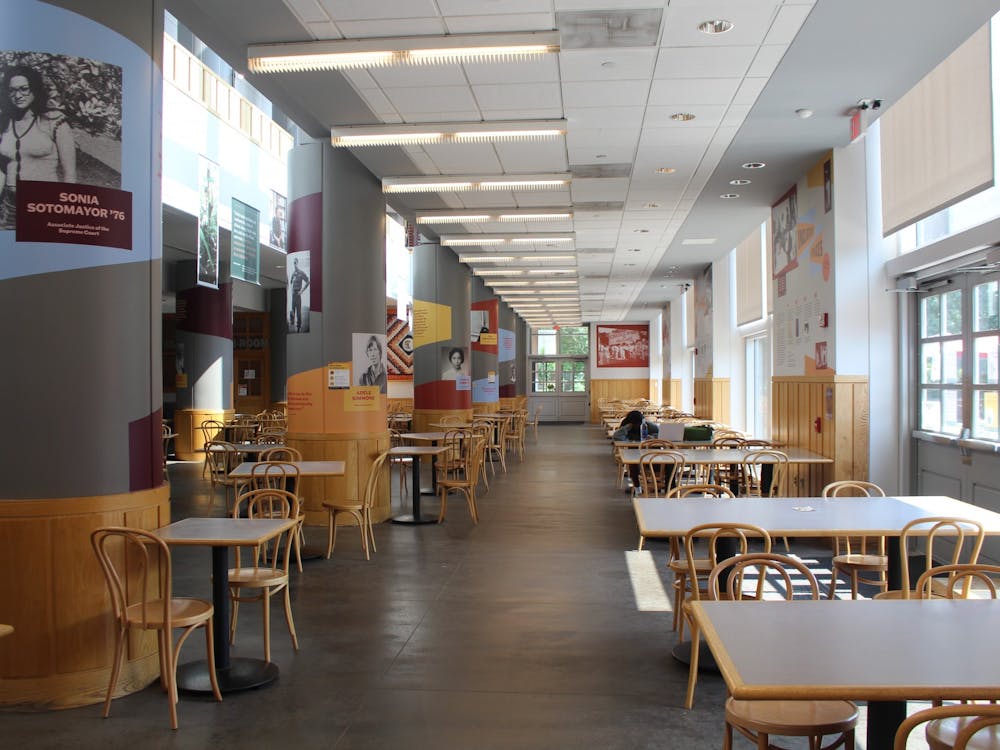The Korean War. The Civil War. World Wars I and II. The names of Princetonians lost in these military efforts line the walls of the entrance to Nassau Hall. But rather than with gold-plated names etched into marble, the 13 alumni killed on Sept. 11 will instead be honored with a memorial garden.
According to President Tilghman, the notion of a memorializing garden greatly appeals to the administration and families of the deceased, who received the idea with joy.
"[The garden] is something that is living, colorful, peaceful," she said. "It is permanent and quiet. It's a place where you can think and certainly remember."
The uniqueness of a living memorial on campus reflects the unprecedented situation in history, both in America and the University. "To acknowledge that — although we lose alumni every year — this is different," Tilghman explained.
"This is the largest number of alumni to have died in one day, in the same way, within minutes of each other. There has been no precedence," she added.
Tilghman also highlighted the wide age distribution of the victims. "Some of these people were beginning their adult lives," she reflected. From Robert Cruikshank '58, executive vice president of Carr Futures, to recent graduate Catherine "Cat" MacRae '00, never has the University memorialized such a broad range of people together.
"This is a different memorial," Tilghman said. Although President Bush has deemed America in a state of war, the victims of Sept. 11 "were not combatants."
Though the University has not finalized building arrangements, the garden is planned to be created next to the new humanities center in East Pyne currently under construction.

"The garden will be near enough to Nassau Hall, which holds great significance for alumni. You'll also be able to see the garden from Nassau Street," Tilghman explained.
She added that the project is slated to be finished within the next 18 months to two years.








